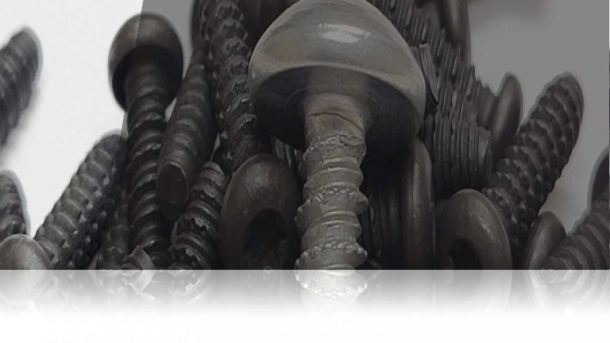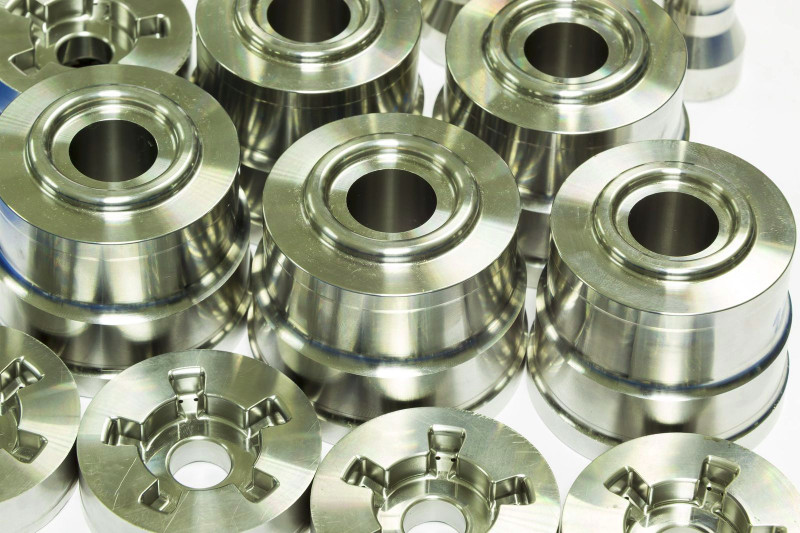One of the most common mistakes that small OEMs make is to assume they can save money by doing everything in-house. This often includes managing inventory, which can mean everything from fasteners and adhesives to cable management options, fittings, electrical components and literally hundreds of other items that are essential to your business.
By outsourcing inventory management and ordering through a vendor managed inventory (VMI) program, inventory levels can be maintained at your specified levels, and you do not have to dedicated hours to inventory management by your in-house team.
There are other issues that make a vendor managed inventory (VMI) program a top consideration for a small to mid-sized OEM. By comparing what you are doing now with the possibilities with a managed system, it is easy to see why so many OEMs are making the switch.
Consistent Quality
One of the biggest challenges for an OEM working with many different suppliers is to maintain consistency in the parts and components used in production, manufacturing, and fabrication. When working with a VMI, they manage quality control. These companies carefully choose their manufacturers and, with the volume of orders they provide, they are to get lower prices on quality parts.
Low Inventory Overhead
With a vendor managed inventory (VMI) program, each OEM is on a Just-In-Time shipment schedule. This means the OEM does not have to buy in bulk to get the best prices, but always has the inventory on hand. Additionally, without the need to buy in bulk, inventory and supply rooms and areas can be better organized and more strategic in their layout as space is no longer needed for excessive storage.
There are also reductions in the time spent on ordering and bill payment. It is also easy to change required inventory levels through the VMI, easily ramping up or decreasing production for seasonal or contract variations.


